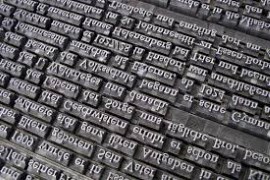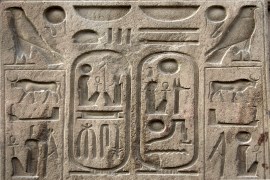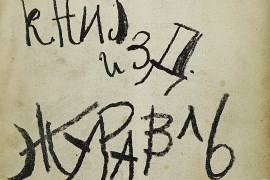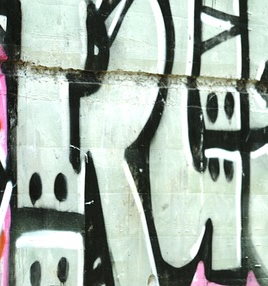Collections | Livre | Chapitre
The gap represented
pp. 21-44
Résumé
We are interested in developing a formulation of consciousness which belongs to the Renaissance and Baroque, i.e., to the fifteenth, sixteenth and seventeenth centuries. Moreover, our interest is not just "historical" and occupied with discovering the origin and genesis of that formulation. Our interest lies ultimately in discovering whether that formulation is still a possible formulation of consciousness and, if so, whether it can claim precedence over yet other and, as Leibniz would say, competing formulations. But how do we arrive at a formulation of consciousness? And how do we arrive at not just any formulation of consciousness but one specific to the Renaissance and Baroque? Even more, how do we arrive at a formulation of consciousness that both preserves the gap between science (and opera) and ordinary life but which also takes precedence over ordinary life in its existential and truth claims? The answer to these questions lies in the "eccentricity" of ordinary life and its common-sensical, ungrounded ontic conviction. But in what way?
Détails de la publication
Publié dans:
Kersten Frederick (1997) Galileo and the "invention" of opera: a study in the phenomenology of consciousness. Dordrecht, Springer.
Pages: 21-44
DOI: 10.1007/978-94-015-8931-4_2
Citation complète:
Kersten Frederick, 1997, The gap represented. In F. Kersten Galileo and the "invention" of opera (21-44). Dordrecht, Springer.










